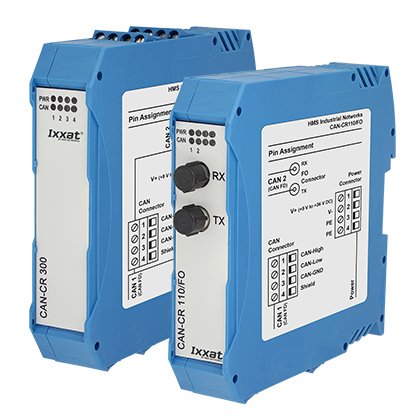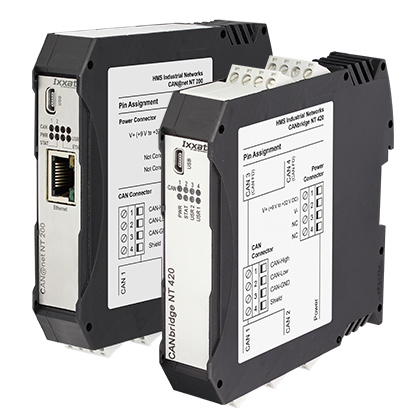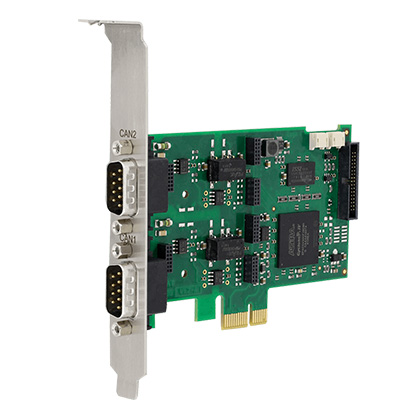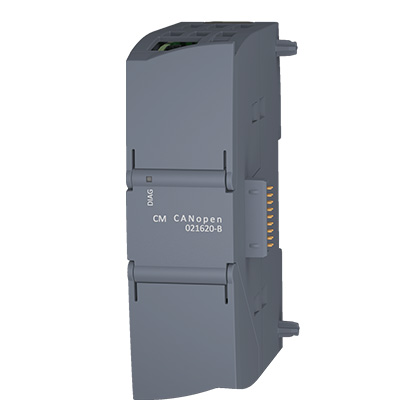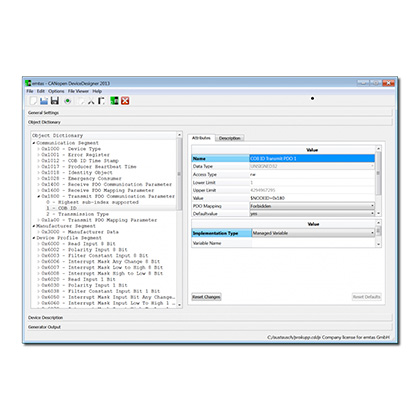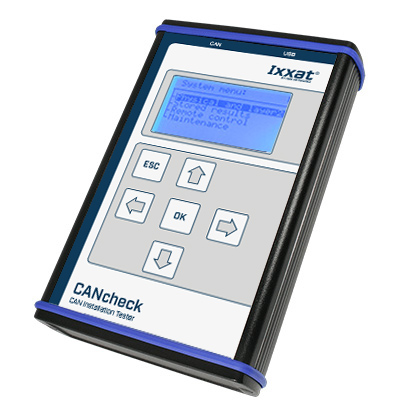CANopen / CANopen FD Introduction
CANopen is a communication system providing service and protocol specifications as well as device and application profile specifications. Devices compliant to this set of specifications are interoperable with other CANopen devices. Implementing the same functionality enables even interchangeability of products.
In 1993, CANopen was developed within a European research project under the leadership of Bosch. The research team comprised universities and companies from different European countries. CANopen is one of the success stories of the ESPRIT project. From the beginning, embedded control network applications were addressed. The flexibility of the provided communication services made it possible to use CANopen in very different application fields.
In 1994, the developed CANopen specifications were handed over to the CAN in Automation (CiA) international users’ and manufacturer’s group. Since this time, the nonprofit association maintained the documents and developed enhanced the communication system. Nowadays, the CANopen specification comprises more than 20 000 pages of specification including device and application profiles for different industries.
Besides embedded machine control for example in the textile and plastic processing industries, CANopen was initially used in medical devices such x-ray apparatus, computer-tomography systems, etc. In the late 90ties, CANopen made its way into off-road vehicles followed by users in the elevator industry and in the rail vehicle business. This included the usage in forklifts, truck-mounted cranes, and spreader devices. There were also applications in deeply embedded control systems. A typical application is the control of sliding or rotating doors. Another example of deeply embedded networks is CANopen as backbone bus system in modular I/O devices.
The CANopen applications are nearly limitless. Wherever more than two micro-controller based units need to communicate, CANopen is a candidate. The robustness and reliability of the CAN lower-layers combined with the flexibility of the CANopen application layer and the interoperability provided by the CANopen profiles makes CANopen to one of the most successful embedded control networks.
One of the reasons for the CANopen success was the relative stability of the base services and protocols. There was just one major improvement from version 3.0 to version 4.X – not considering the two first versions in the prototyping phase (1994 to 1995). This saved the investments of CANopen device suppliers and system designers.
Of course, CANopen mapped on Classical CAN hardware has some limitations: The bandwidth at given network length is limited as well as the payload in a single CAN frame. These limits can be overcome by using the CAN FD data link layer. The CAN FD lower layers support higher bit-rates (more than 1 Mbit/s) and the CAN FD frames can contain up to 64 byte instead of 8 up to byte in Classical CAN frames.
The CANopen FD application layer released in 2017 makes use of this larger payload by introducing new communication services. CANopen FD is successor of Classic CANopen providing a similar robustness and reliability. With the enhanced communication services CANopen FD is ready for new applications including IIoT (Industrial Internet of Things) support.

